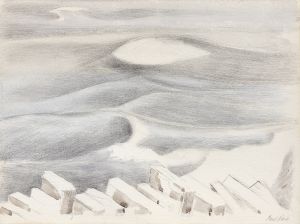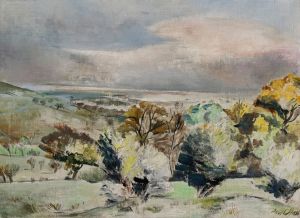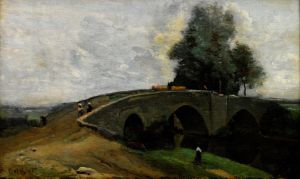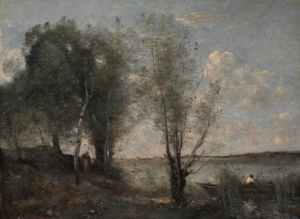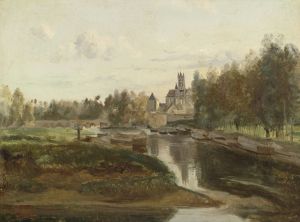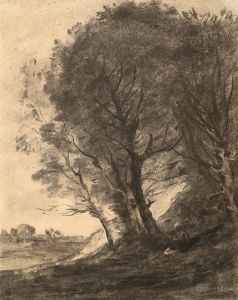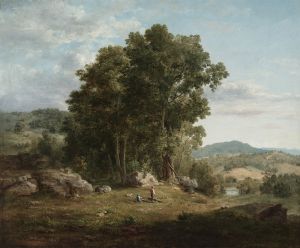
Fontainebleau, Sommet De Carrière Boisée
A hand-painted replica of Jean-Baptiste-Camille Corot’s masterpiece Fontainebleau, Sommet De Carrière Boisée, meticulously crafted by professional artists to capture the true essence of the original. Each piece is created with museum-quality canvas and rare mineral pigments, carefully painted by experienced artists with delicate brushstrokes and rich, layered colors to perfectly recreate the texture of the original artwork. Unlike machine-printed reproductions, this hand-painted version brings the painting to life, infused with the artist’s emotions and skill in every stroke. Whether for personal collection or home decoration, it instantly elevates the artistic atmosphere of any space.
Jean-Baptiste-Camille Corot was a pivotal figure in landscape painting during the 19th century, known for his contributions to the Barbizon School and his influence on the Impressionist movement. One of his notable works is "Fontainebleau, Sommet De Carrière Boisée," which exemplifies his mastery in capturing the natural world with a poetic sensibility.
Corot was born in Paris in 1796 and began his artistic career relatively late, at the age of 26. He was initially trained in the neoclassical tradition but soon developed a style that emphasized naturalism and the transient effects of light and atmosphere. His work often involved painting en plein air, a practice that allowed him to observe and depict the natural environment with immediacy and authenticity.
"Fontainebleau, Sommet De Carrière Boisée" is a landscape painting that reflects Corot's deep connection with the forest of Fontainebleau, a popular site for artists of the Barbizon School. This forest, located southeast of Paris, was renowned for its diverse and picturesque scenery, offering a rich source of inspiration for painters seeking to move away from the academic conventions of the time.
In this painting, Corot captures the serene beauty of a wooded quarry summit, using a palette of muted greens, browns, and grays to convey the tranquil atmosphere of the scene. His brushwork is characterized by a delicate touch, creating a sense of depth and texture that invites viewers to immerse themselves in the landscape. The composition is balanced and harmonious, with a careful arrangement of trees and rocks that guides the viewer's eye through the painting.
Corot's approach to landscape painting was innovative for his time. He often blended elements of realism with a lyrical quality, focusing not only on the physical attributes of the scene but also on its emotional resonance. This duality is evident in "Fontainebleau, Sommet De Carrière Boisée," where the interplay of light and shadow creates a mood of quiet contemplation.
Throughout his career, Corot maintained a strong connection to nature, and his works often reflect a deep appreciation for the beauty and complexity of the natural world. His paintings were not mere representations of specific locations but rather evocations of the feelings and sensations associated with those places. This ability to capture the essence of a landscape made Corot a significant influence on later artists, particularly the Impressionists, who admired his ability to convey the fleeting effects of light and atmosphere.
"Fontainebleau, Sommet De Carrière Boisée" is a testament to Corot's skill as a landscape painter and his enduring legacy in the art world. His work continues to be celebrated for its technical proficiency and its ability to evoke a sense of peace and introspection. As a key figure in the transition from classical to modern art, Corot's contributions to the development of landscape painting remain highly regarded, and his influence can be seen in the works of many artists who followed in his footsteps.





